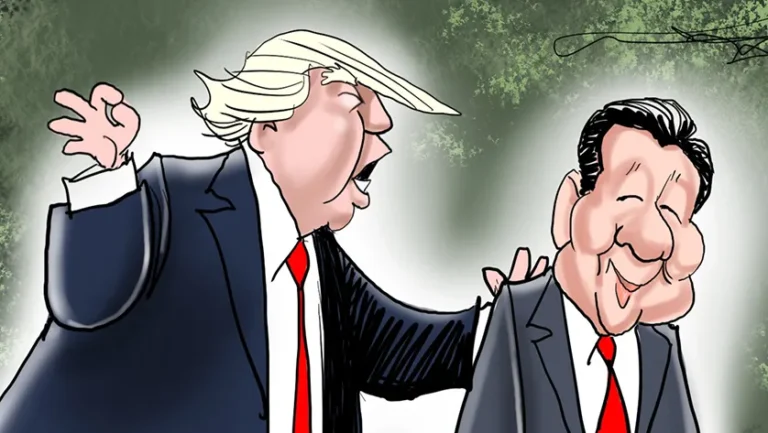April 18, 2025, marked a turning point in global economic and strategic alliances, as the United States and Ukraine signed a landmark “Mineral Resources Development Memorandum,” which could be the World’s Biggest Deal. Championed by U.S. President Donald Trump, the agreement promises to reshape access to critical minerals, impacting not only the U.S. and Ukraine but also global markets, including India.
World’s Biggest Deal at a Glance
At the heart of the memorandum is mutual development and use of Ukraine’s rare mineral resources. The initial agreement forms the foundation for an all-encompassing economic partnership and establishment of a future investment fund to be focused on mineral resource development. Ukrainian Deputy Prime Minister Yulia Sviridenko publicly revealed details of the agreement, highlighting its strategic importance for the reconstruction of Ukraine and America’s industrial goals.
President Trump hailed the MoU as a “very big deal,” highlighting the possibility of integrating military assistance and advanced technology sharing into future phases of the partnership.
The Minerals That Matter
Ukraine boasts vast reserves of minerals critical for the green economy and defense sectors:
- Lithium: ~500,000 tonnes; crucial for EV batteries and smartphones.
- Titanium: Supplies 7% of global demand; essential for aviation and medical devices.
- Graphite: Holds about 20% of the world’s reserves; vital for battery production.
- Rare Earth Elements (REEs): 5% of global reserves; key to missiles and motors.
- Other resources: Including Uranium, Manganese, and Gallium.
Historically reliant on China for sourcing these minerals, the U.S. now sees Ukraine as a vital alternative to reduce dependence on Beijing and strengthen its supply chains.
Strategic and Economic Stakes
For the United States:
- Secures exclusive access to Ukraine’s mineral wealth.
- Bolsters supply chains for batteries, electronics, defense, and renewable energy.
- Reduces trade dependency on China, a major refiner of 90% of the world’s REEs.
For Ukraine:
- Receives potential billions in financial aid and military equipment.
- Gains global recognition for its mineral sector.
- Anticipates stronger security guarantees post-conflict.
Next Steps and Challenges
While the memorandum signals intent, the actual agreement will require ratification by the Ukrainian Parliament. Trump indicated that a detailed, nearly 80-page agreement could be signed as early as next week, pending formal approvals.
The ultimate success hinges on navigating geopolitical tensions — especially potential backlash from Russia, which may view U.S. moves as an encroachment, possibly escalating the ongoing conflict or, conversely, pushing towards diplomatic negotiations.
Global Ripples: Who Gains, Who Loses
- Technology Sector: Could benefit from cheaper raw materials, boosting manufacturing and R&D in clean tech.
- Green Energy Projects: Expanded access to lithium and REEs is likely to accelerate EV, solar, and wind energy developments.
- Gold Prices: May fluctuate; a successful deal could lead to price drops, while heightened conflict could push gold higher as a safe-haven asset.
- India’s Electronics Industry: India could gain from a diversified mineral supply chain, potentially lowering costs and reducing China’s dominance.
- China: Risks losing strategic leverage over critical minerals.
- Russia: May respond aggressively if it sees U.S. moves threatening its regional interests.
If the Deal Falters
A collapse in negotiations or escalation of war could:
- Trigger a surge in gold prices.
- Intensify global inflationary pressures.
- Increase costs across technology and defense industries.
Also Read: US-China Trade War May Trigger $800B Sell-Off: Goldman








